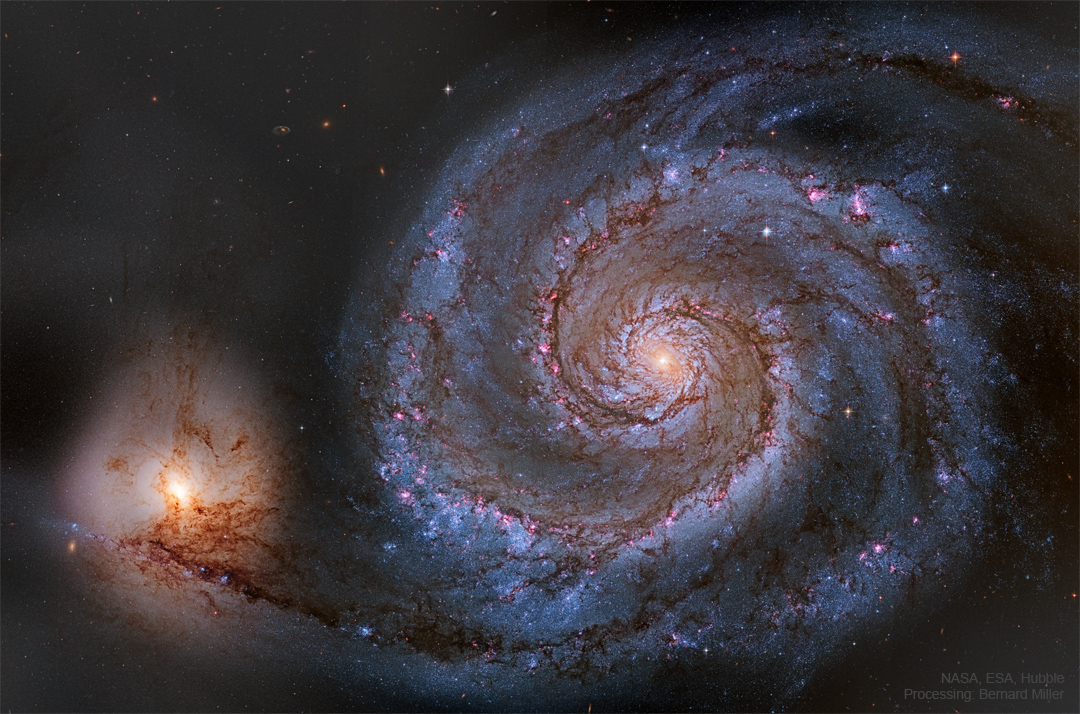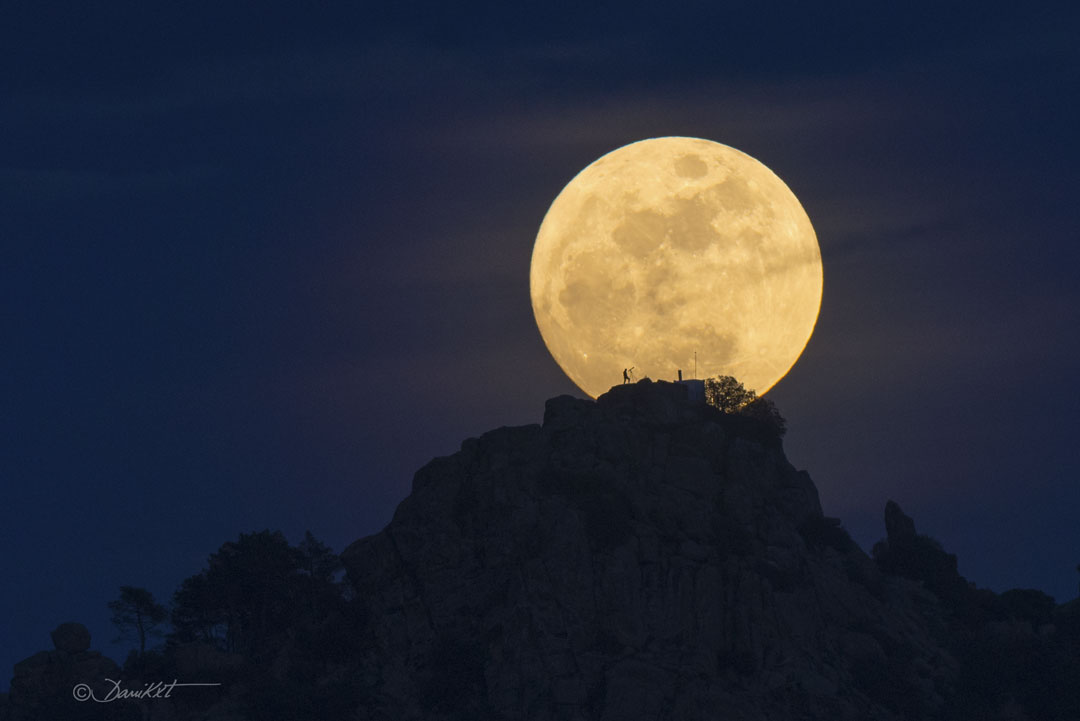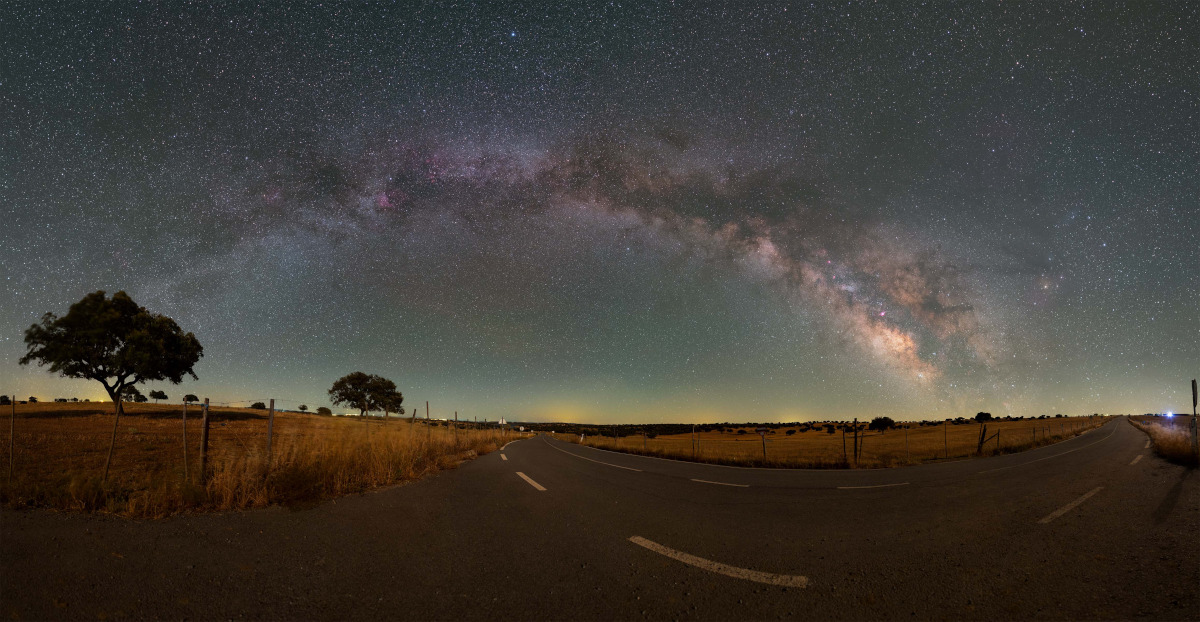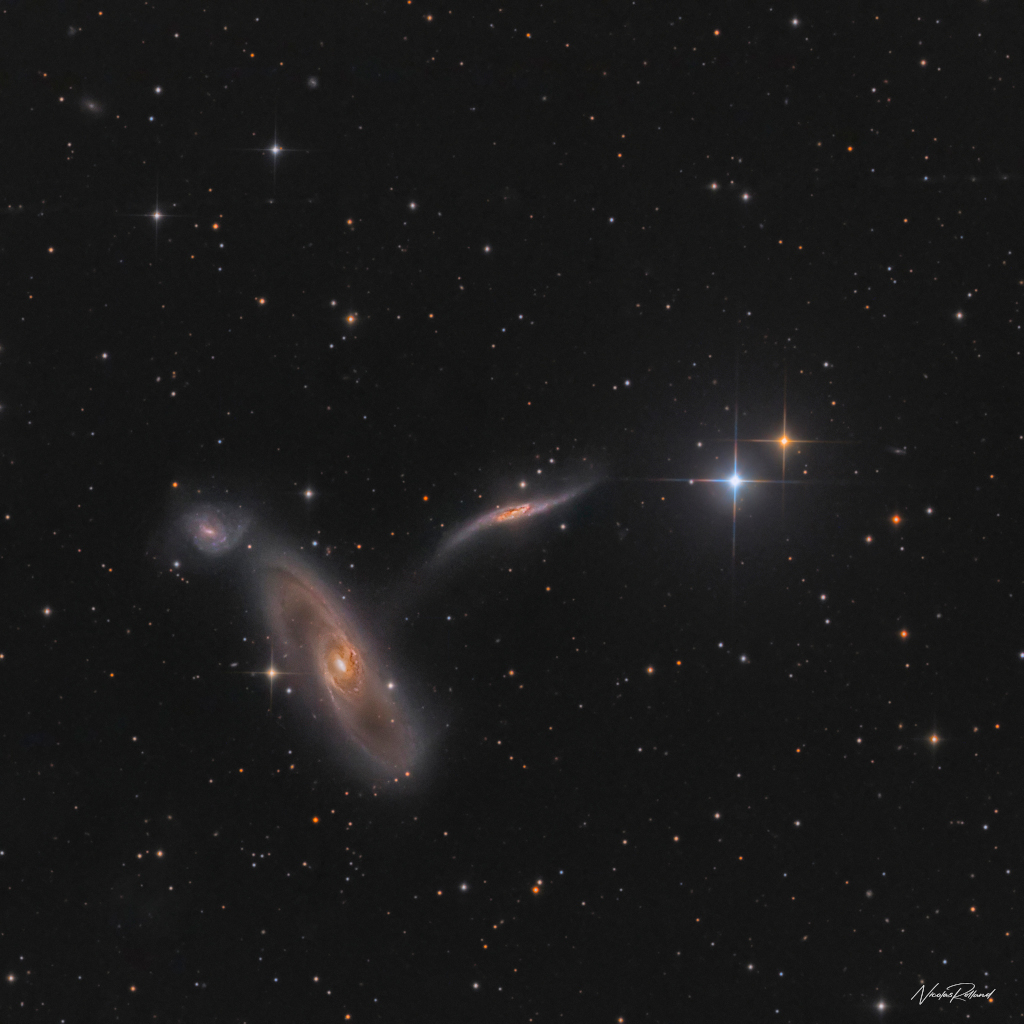
JAXA Astronaut Akihiko Hoshide Speaks With Students





NASA is targeting Saturday, June 18, for the beginning of the next wet dress rehearsal test of the agency’s Space Launch System (SLS) rocket and Orion spacecraft at the Kennedy Space Center in Florida with tanking operations on Monday, June 20.
from NASA https://ift.tt/pCgVOcv
via IFTTT
NASA’s Minority University Education and Research Program (MUREP) Innovation and Tech Transfer Idea Competition (MITTIC), a Shark Tank-style competition for students at minority-serving institutions, is officially included in the 2022 historically Black colleges and universities (HBCU) Scholar Recognition Program.
from NASA https://ift.tt/MnOpm0k
via IFTTT


NASA and Astra Space are targeting no earlier than Sunday, June 12, for the first launch of NASA’s Time-Resolved Observations of Precipitation structure and storm Intensity with a Constellation of Smallsats (TROPICS) mission.
from NASA https://ift.tt/KVEDjto
via IFTTT
NASA will host a media teleconference at 1 p.m. EDT today – Thursday, June 9 – to discuss a new study team the agency is commissioning to examine unidentified aerial phenomena (UAPs).
from NASA https://ift.tt/vgWKVXz
via IFTTT